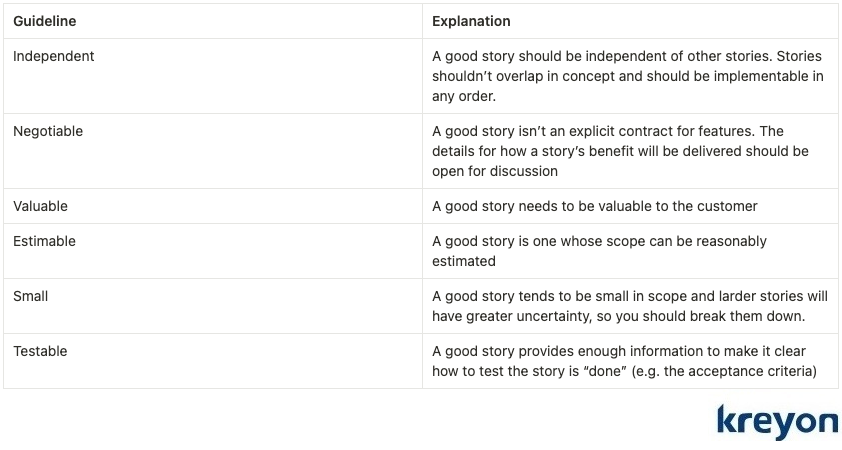The Common Dysfunctions of a Product Team & How to Avoid them

A quality product team can make a difference in the fortunes of a company. As SaaS companies rely on product led growth, the role of a product team is now more prominent than ever before. It is hard to build a scalable product due, but great companies find ways to fine tune their talent pool and build product teams that can deliver the goods.
However, it is not easy to build great products if the teams don’t have the right talent, skills, co-ordination and leadership. It is all too common to have talented developers who fail short of customer’s aspirations. Here we look at some of the most common dysfunctions of a product team and how they can be mitigated to build outstanding and scalable products.
1. Lack Quick Feedback

The product development efforts are easily derailed without quick feedback from the customers. When teams build their products in a silo without feedback, deep knowledge of customer needs and outcomes, it can lead to ordinary products.
A good product team doesn’t only rely on its research and development, but realworld customer feedback to build the right product. Even the top technology companies in the world have failed to deliver compelling when they’ve missed the customer pulse. Google wave, Google One, Apple Maps, Amazon’s firebase are just examples that show that customers make the products successful.
A good product team is aligned around the problem it is solving for the customer. The product team asks:
Is the problem really important for the customer?
What is missing for the customer that our product can address?
Do customers find it easy to use what we are building?
Is there any other way a customer can achieve what we are trying to build?
What outcomes or goals will the customer achieve by using our product?
Why would someone care to use our product?
Would the customer recommend our product to others? Why?
Feedback and getting in touch with your products at the earliest stages of development is highly recommended. A product that fails to capture the essence of what customers want fails to please them. A good product team needs customer representation. They need to validate, improvise and deliver on compelling outcomes pertinent for customer’s success.
2. Misaligned Incentives
Misaligned incentives cause more harm than good. The legendary investor Charlie Munger makes a strong case for aligning the incentives right for the team to deliver the results you’re looking for. The technology industry is a place where employees need to be incentivised for delivering the results, not the time spent on the projects.
In today’s environment, employees need freedom and space to build things. They need to know what the goals and objectives are. Once they know it, they can chart their own way and build amazing things.
The old paradigm of time shifts, mandatory office hours and inflexible routines may not lead to great outcomes. When employees are empowered and held accountable for what they are doing, they take ownership.
A good product team ensures that employees have their skin in the game. They are incentivised for delivering the results. A win win situation aligns employee efforts and performance for maximising results for everyone.
3. Frequent Changes in Goals

The digital world is marked by its speed and new developments. It is all too common for customers, vendors and employees to change their boats. Even the best technology companies face attritions on a regular basis.
Good product teams are able to organise work in a flexible way. When companies plan and prepare for the changes in advance, they can rotate resources and create a methodical way to deliver the products.
Digital technologies make it possible for companies to collaborate, create and structure their products around a common product vision. A solid product team is built on a strong foundation that will not be shaken by ongoing market changes or individuals leaving the group.
4. Expertise Vs Market Need
SaaS product development typically revolves around digitisation of a business service. It involves creating an online product to meet a real world need. But many times, product teams fail to understand the core market needs. They rely on their expertise, development experience and technology roadmap without asking the business use case.
A good product team A/B tests ideas by launching them in the real world to see where the gaps are. A good product reduces friction, makes it easier to accomplish things and does things end to end.
A good product team goes a long way to see every interaction of the users with their products. They use advanced analytics to track user behaviour, usage patterns and understand friction points that their products fail to address.
They use data points from the market to improve the product they are building. Many products fail when they rely on the expertise of high end consultants who don’t know the ground reality. They may be relying on reports and research that may be outdated. But the market needs are never outdated, customer reality and needs leads to the best product outcomes.
5. Too Many User Stories
 If you look around the most successful SaaS products, they typically nail something very simple but in the most comprehensive way. But doing too many things at once is a sure recipe for product failure.
If you look around the most successful SaaS products, they typically nail something very simple but in the most comprehensive way. But doing too many things at once is a sure recipe for product failure.
A product team needs to plan stories inline with the most important features. When managers try to cram everything into a sprint, it can lead to poor product outcomes. Always remember the 80/20 principle, when you are planning user story development. Focus on the 20% functionality that is likely to have an 80% impact on your customers.
A strong product team prioritises development ruthlessly. It ensures that the most important user stories are covered using something like an INVEST framework. Doing fewer things better is the key, no one should build unwanted features in a product.
When teams are clear on the user stories and why they are doing them, they can focus on delivering the results. But when there is too much on their plate, they often fail to research, take inputs or brainstorm the most effective ways to solve the problems for the users.
6. Technology Curve
Product teams are often led by technology enthusiasts and evangelists who might not have the required business expertise. The new technologies and developments that are unproven and not yet market tested can lead to problems. The technology may not be ready for prime time. For e.g. building products on an unproven technology can lead to scaling or quality issues.
On the other hand, using outdated technologies renders a product useless too. When a product doesn’t evolve with the changing technological developments, it could lead to customer churn. For e.g. AI driven accounting software that automates accounting render older desktop and web versions obsolete.
A product team ensures that they have the right technology to address the critical need of their customers. Technology is not the goal, but a tool for helping the users achieve what they want. Good product team ensures a solid technical foundation for meeting the objectives of their clients.
Kreyon Systems develops SaaS products tapping into new revenue streams and innovative business models for enterprise customers. If you need any assistance for SaaS product development, please get in touch.
